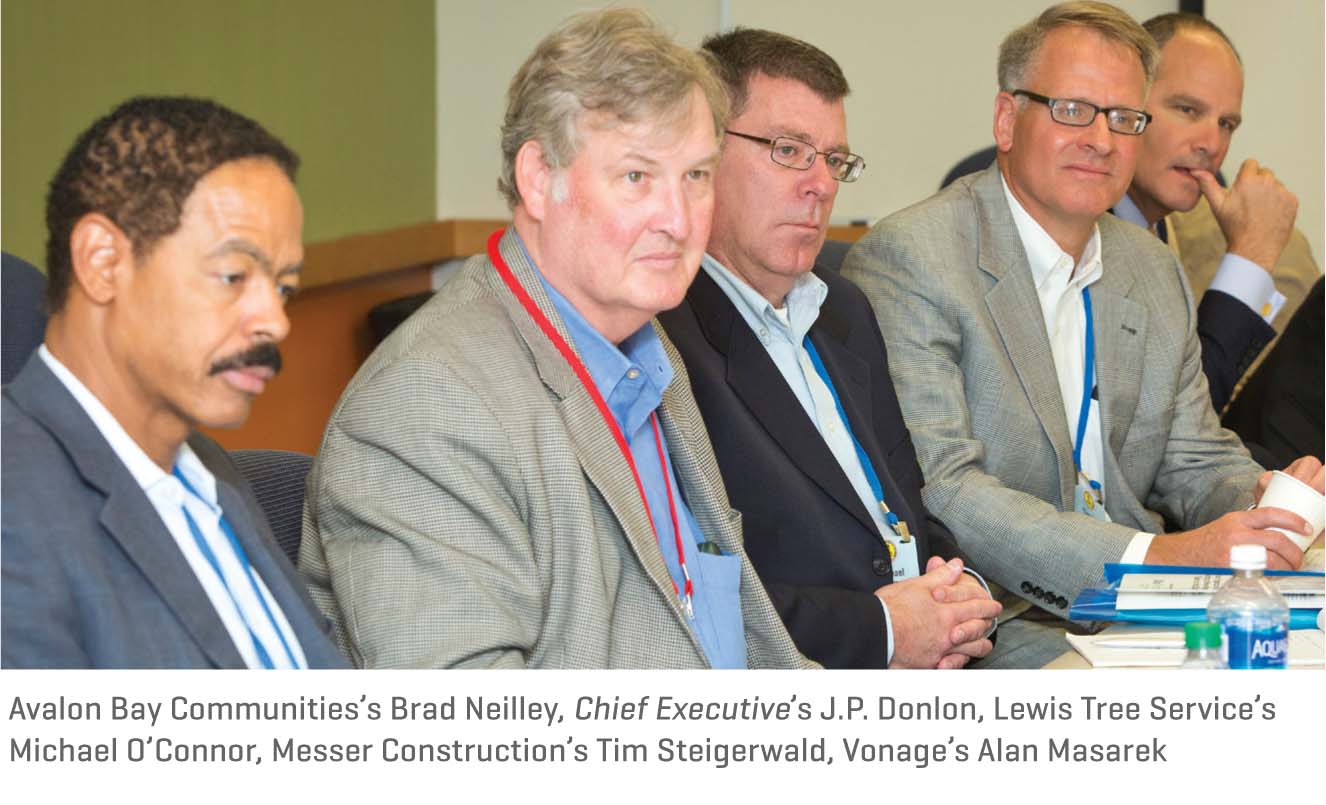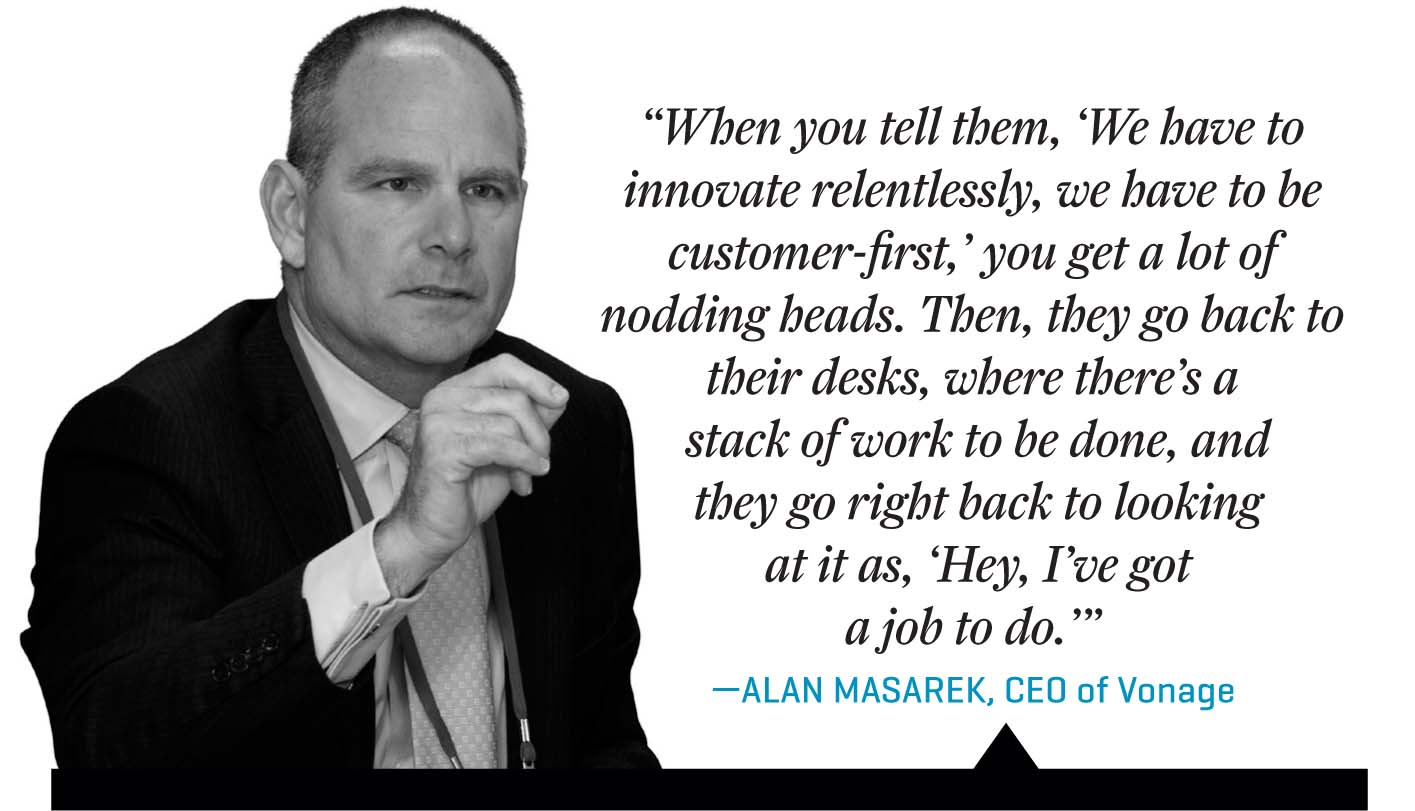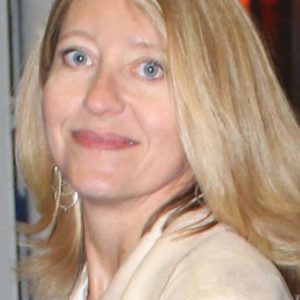 Making sure that a company has the talent to deliver both today and in the future has always been a critical element of the CEO’s job. And these days, the task is tougher than ever. Emerging technologies are driving seismic shifts in the way companies operate. And leaders must find ways to simultaneously attract digitally skilled talent, help existing employees adapt and integrate a multigenerational workforce.
Making sure that a company has the talent to deliver both today and in the future has always been a critical element of the CEO’s job. And these days, the task is tougher than ever. Emerging technologies are driving seismic shifts in the way companies operate. And leaders must find ways to simultaneously attract digitally skilled talent, help existing employees adapt and integrate a multigenerational workforce.
What’s more, all of this is taking place against a backdrop of organizational upheaval as traditional hierarchical corporate structures are gradually replaced by more agile models characterized by faster decision making and wider information sharing. These talent and organizational challenges are intertwined, noted Ted Bililies, managing director of AlixPartners. “If you talk about how to attract, develop and retain talent, people will not be attracted, developed or retained by hierarchical organizations,” he told participants in a roundtable discussion on talent development co-sponsored by AlixPartners. “Good companies are investing time in developing talent and beyond that they’re looking at creating environments that are adaptable, empowered and collaborative.”
IN PURSUIT OF AGILITY
Yet the path to a flatter, faster organizational structure is often bumpy. Embarking on a carefully orchestrated effort toward a less hierarchical model nearly derailed Sodexo, recounted Sylvia Metayer, CEO of worldwide corporate services at the food service company. Despite three years of preparation meant to engage employees in the change, “when we flipped the switch, the culture shock was so enormous that for a while I thought the company would go under,” she reported. “For nine months, everything froze. Then it took off again.”
In hindsight, acknowledged Metayer, the senior leaders who made that call underestimated the impact the change would have on middle management. “We should have realized that going from hierarchical to multi-dimensional, collaborative, adaptable and empowered is actually a huge shift, much larger than we imagined,” she said.
 Alan Masarek, CEO of Vonage, experienced similar pushback when he sought to encourage a move away from top-down management after joining the company in 2014. “I found it difficult enough for my senior leadership team, but the folks who can really kill this are middle management,” he reported. “When you tell them, ‘We have to innovate relentlessly, we have to be customer-first,’ you get a lot of nodding heads. Then, they go back to their desks, where there’s a stack of work to be done, and they go right back to looking at it as, ‘Hey, I’ve got a job to do.’”
Alan Masarek, CEO of Vonage, experienced similar pushback when he sought to encourage a move away from top-down management after joining the company in 2014. “I found it difficult enough for my senior leadership team, but the folks who can really kill this are middle management,” he reported. “When you tell them, ‘We have to innovate relentlessly, we have to be customer-first,’ you get a lot of nodding heads. Then, they go back to their desks, where there’s a stack of work to be done, and they go right back to looking at it as, ‘Hey, I’ve got a job to do.’”
TAILORING TALENT DEVELOPMENT
While seasoned employees may struggle to let go of established processes and a formal structure, younger workers are not only willing to embrace a collaborative, flatter work environment, they often demand one. “Younger professionals want more recognition more quickly and feedback pretty much continuously,” noted Bililies. “Their managers have to be prepared to give them something verbally or symbolically on more of a regular basis or they will lose interest.”
At the same time, it’s important to look at workforce needs holistically, pointed out Scott Beck, CEO of CHG Healthcare. “Are we overthinking the needs and preferences of one generation as we’re building our companies?” he asked. “Is there too much focus and energy on what’s happening with the ‘young professionals’ and not enough around what your people—all of your people—want?”
Ultimately, companies hoping to excel at developing talent today need to identify ways to cultivate all of the various factions within a multigenerational workforce. “We spend a lot of time talking about segmentation in the consumer population, but we don’t turn that same science to talent and to understanding the millennial [employee] population from the data we have,” says Karen Crone, chief human resources officer at Paycor. “We know they’re the most educated and that only a quarter of them have grown up in families that have a mother, a father and two children. If you can understand talent the same way you have a fanatical understanding of your customer, you can make your culture hum.”
 “It’s consumerization of HR,” agreed Ken Joel, partner, strategy and transformation at IBM. “As more and more companies start transforming into digital enterprises, we will have very personalized HR programs for the different segments. It will not just be Generation X to Generation Y. It will be single mothers or [however you cut the data]. It will be part of your culture that you can create and develop programs for the populations that are critical to your organization.”
“It’s consumerization of HR,” agreed Ken Joel, partner, strategy and transformation at IBM. “As more and more companies start transforming into digital enterprises, we will have very personalized HR programs for the different segments. It will not just be Generation X to Generation Y. It will be single mothers or [however you cut the data]. It will be part of your culture that you can create and develop programs for the populations that are critical to your organization.”

Chief Executive Group exists to improve the performance of U.S. CEOs, senior executives and public-company directors, helping you grow your companies, build your communities and strengthen society. Learn more at chiefexecutivegroup.com.
0

1:00 - 5:00 pm
Over 70% of Executives Surveyed Agree: Many Strategic Planning Efforts Lack Systematic Approach Tips for Enhancing Your Strategic Planning Process
Executives expressed frustration with their current strategic planning process. Issues include:
Steve Rutan and Denise Harrison have put together an afternoon workshop that will provide the tools you need to address these concerns. They have worked with hundreds of executives to develop a systematic approach that will enable your team to make better decisions during strategic planning. Steve and Denise will walk you through exercises for prioritizing your lists and steps that will reset and reinvigorate your process. This will be a hands-on workshop that will enable you to think about your business as you use the tools that are being presented. If you are ready for a Strategic Planning tune-up, select this workshop in your registration form. The additional fee of $695 will be added to your total.

2:00 - 5:00 pm
Female leaders face the same issues all leaders do, but they often face additional challenges too. In this peer session, we will facilitate a discussion of best practices and how to overcome common barriers to help women leaders be more effective within and outside their organizations.
Limited space available.

10:30 - 5:00 pm
General’s Retreat at Hermitage Golf Course
Sponsored by UBS
General’s Retreat, built in 1986 with architect Gary Roger Baird, has been voted the “Best Golf Course in Nashville” and is a “must play” when visiting the Nashville, Tennessee area. With the beautiful setting along the Cumberland River, golfers of all capabilities will thoroughly enjoy the golf, scenery and hospitality.
The golf outing fee includes transportation to and from the hotel, greens/cart fees, use of practice facilities, and boxed lunch. The bus will leave the hotel at 10:30 am for a noon shotgun start and return to the hotel after the cocktail reception following the completion of the round.